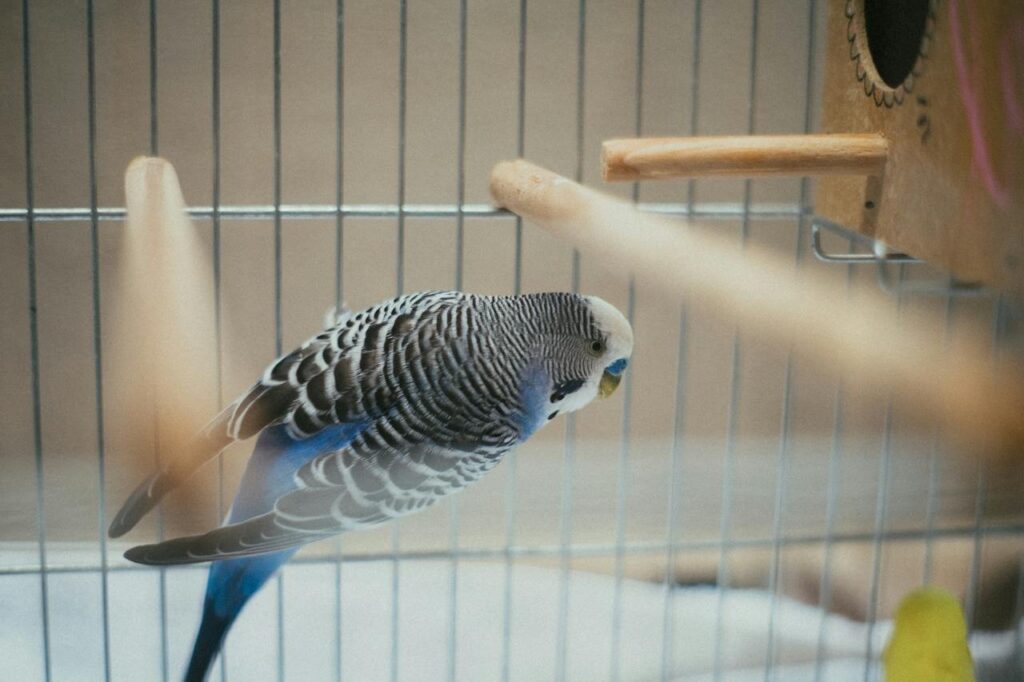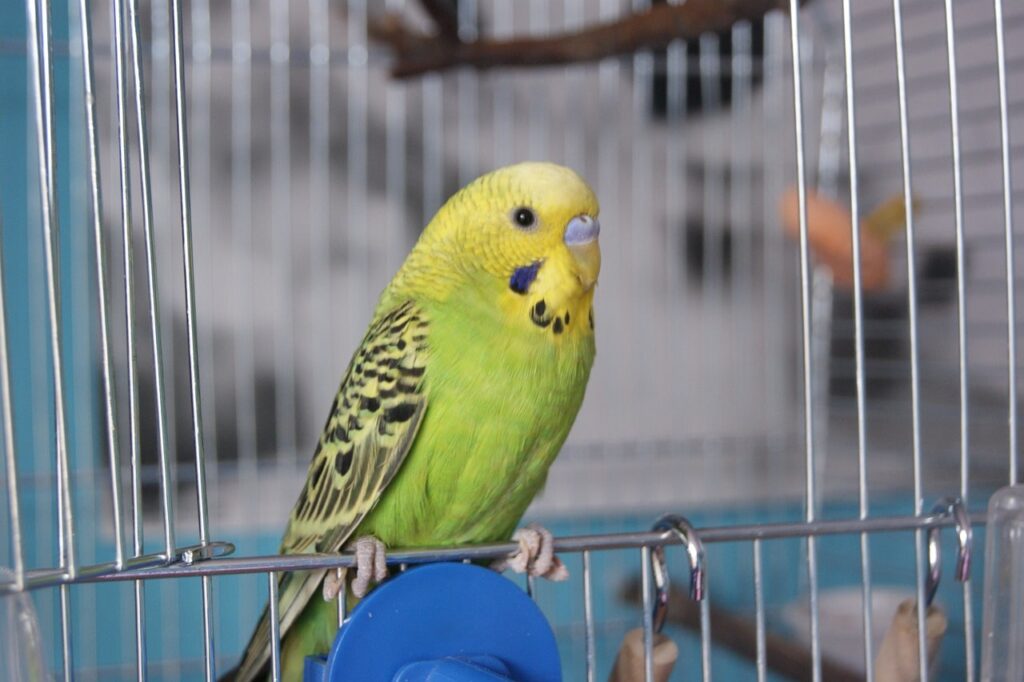We all love a tasty treat, and feathered pets are no exception. A tidbit can be used to tame a bird. However, you need to be cautious when it comes to treats. What treats for parrots are useful? In what quantity and how often can they be given? These questions often arise in the owners of feathered birds, because it is very desirable to pamper their pets, to become a little closer to them and gain trust.
Treats for parrots from the pet store and with their own hands
The most favorite treat for birds is:
- Senegal millet
- chumisa spikelets
- red millet
- sorghum
- paisa
- mogar
Parrots love fruits and vegetables. It is also a treat for them, which can be given much more often than some of the goodies from the pet store. Birds will be happy with such fruits:
- ripe banana
- apple
- pear
- peach
- apricot
- cherry
- pineapple
- watermelon and melon (in small quantities)
From berries, a feathered friend can be offered raspberries, blueberries, strawberries, gooseberries, cowberries, strawberries, rowanberries, hawthorns, currants. Dried berries are pre-soaked.
Treats for birds with your own hands
The simplest treat for parrots with their own hands – pieces of fruit or berries, strung on a skewer or twig. As an option – a salad of fruit sprinkled with Senegalese millet or chumiza.
Honey sticks are often available in pet stores. If there is a desire and opportunities, such deliciousness can be prepared with your own hands at home. Products for their manufacture are available to everyone:
- twig of a tree or shrub (apricot, apple, plum, currant, hawthorn)
- parrot’s favorite grain mix
- half a teaspoon of honey
- water
- tablespoon of coarse flour
Honey is used if the wavy parrot is not allergic to it.
Step-by-step instructions for making honey sticks for your parrot:
- Prepare a glue-like mixture of honey diluted in water and flour. Add the sweet solution to the flour gradually so that the mixture is homogeneous.
- Dip the stick in the mixture and sprinkle it with the grain mixture so that the grains fit tightly together. Leave it at room temperature to dry out for about 24 hours.
- Prepare honey water and pour it over the dried parrot treat. Leave it to dry a little longer.
The shelf life of such goodies is short, and they should be stored in a cool, dry place. Using honey sticks in the diet of a feathered friend, the main grain ration is reduced by approximately the size of the proposed treat.
Overview of treats for birds
In order to treat a winged pet with something tasty, it is enough to simply order a treat for a parrot in a pet store. Now the choice is so large that even the pickiest bird will have no trouble finding a treat:
Grain sticks
These are twigs or wooden sticks covered with grains, seeds and nuts on top, as well as other healthy and tasty additives. These can be fruits and vegetables such as carrots or apple, seaweed, raisins and chicken eggs. Accordingly there are fruit, egg and honey sticks. Sugar molasses and honey are used as sweeteners. Vitamins and minerals are often a healthy component of such goodies. The treats are easily attached to the cage with a hook.
Bird cookies and cookies
While cookies have a soft texture, cookies have a crispy texture. They are represented by different shapes. The basis of such treats is whole or ground grains. As additives are used fruits, seeds, bread, nuts, eggs, a complex of vitamins and minerals, as well as honey.
Candy or candy bars
These goodies with their appearance resemble the favorite human sweets, that’s why they got such a name. They have a soft consistency, made from cereals and seeds. As additives, vegetable fats, honey, vitamins and minerals are used. They are ideal for taming parrots.
Natural treats
These are twigs with parrots’ favorite seeds and grains in their natural form. For example, chumiza, millet, sorghum, flax, small corn cobs.
There are special treats for birds on sale: to facilitate the molting process or to have a positive effect on birds during mating. They contain proteins, fats, vitamins and minerals in larger quantities than usual. It is not recommended to consume such goodies at other times to avoid problems with excess weight and poor health.
The most popular treats for birds
- Lolo Pets: for lovebirds, medium, large and wavy parrots, as well as rosellas and canaries. The main ingredients used are millet, safflower, sorghum, oats, flaxseed, and additionally: mango, coconut, nuts, kiwi, shells, oranges, apples, pistachios and honey. The composition of the treats is tailored according to the species of birds and their needs.
- Vitakraft: for wavy, medium and African parrots. They contain cereals, fruits, eggs, vegetables, honey, algae and yeast. Birds can choose options with apricot, fig, banana, kiwi, orange and sesame. There are special treats recommended during molting season and for extra energy.
- TM Nature: for medium parrots multifruit, and for wavy parrots with fruit, nuts, honey, meadow herbs, vegetables and egg.
- Special One: for medium parrots – with nuts, for wavy parrots – with wildflowers and fruits.
How to choose a treat for a bird and give it correctly?
A complete and balanced diet is the basis of health of a feathered friend. Therefore, every day the winged pet should receive its usual diet, and treats can be pampered a couple of times a week. It is worth noting that tasty treats in large quantities will attract the bird so much that it can refuse from the usual diet, and this will not have the best effect on its health. Therefore, it is important to keep an eye on the quantity of treats offered and their quality:
- High-calorie seeds are added to parrot treats for more flavor. This is tasty, but not healthy, especially in large quantities. Birds can develop digestive disorders and liver problems. Over time, obesity with associated diseases develops.
- Careful study of the composition can prevent such problems. Not all manufacturers care about the quality of grains when making treats for birds. Unfresh grains and mold in the finished product can lead to poisoning.
- It is best not to buy treats with a suspicious odor and obvious spoiled grains. Artificial preservatives and flavor additives in parrot treats are necessary for long-term storage and to increase the flavor appeal of the product. Specialists have repeatedly proven the harm of such additives.
- When buying food for a flying pet, it is better to give preference to natural products and natural additives. Dyes are often added to food to attract the buyer’s attention with their bright appearance, while for birds it does not play any role. The colorants themselves are often synthetic additives that are bad for the health of pets.
- Brightly colored goodies should not be considered as treats. Even the best quality treats will not be good for the bird if the packaging is broken, the storage conditions are not respected and the expiration date is exceeded.
- All this can be easily traced by checking the integrity of the packaging and examining the date of manufacture. Tasty treats for birds are chosen depending on their size and species. You can not give a treat for a wavy parrot – large, and vice versa. If your feathered friend shows signs of eating disorder, it means that he is allergic to one of the components and should consider choosing another treat.
Головні інсайти 2025 року для власників тварин.
⚠️ We suggest that you read all the opinions on our portal and take note of them at your own discretion. Do not self-medicate! In our articles we collect the latest scientific data and opinions of authoritative experts in the field of health care. But remember: only a doctor can diagnose and treat.
The portal is intended for users over 13 years old. Some materials may not be suitable for children under the age of 16. We do not collect personal data from children under 13 without parental consent.We have a small request. We strive to create quality content about pet care, and we make it available for free to everyone because we believe everyone deserves accurate and useful information.
Advertising revenue only covers a small portion of our costs, and we want to continue to provide content without having to increase advertising. If you have found our content useful, please support us. It only takes a minute, but your support will help us reduce our reliance on advertising and create even more useful articles. Thank you!

